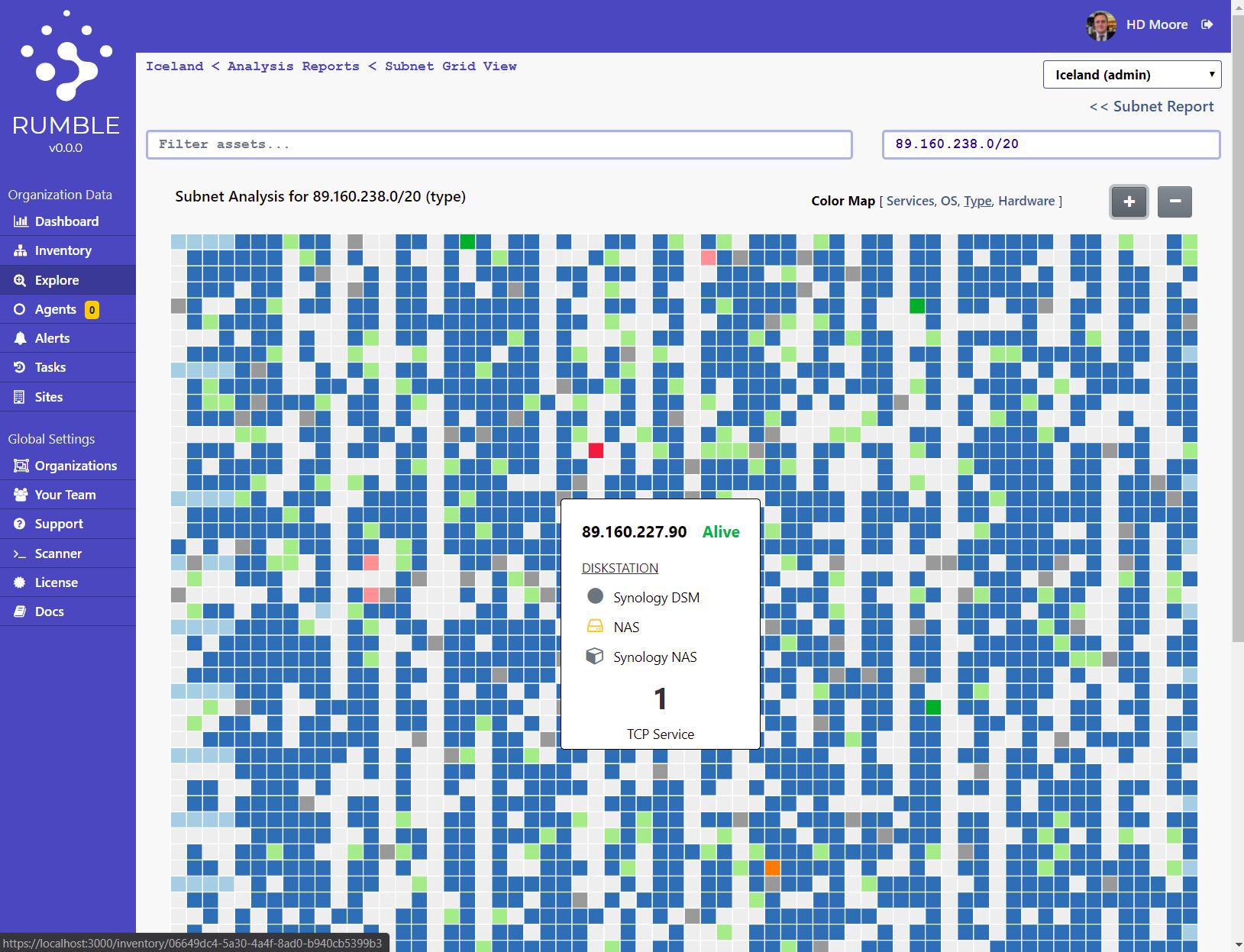See This Report on "An Overview of SNMP and How to Use It in Python for Network Management"

Python scripting can easily be a strong resource for automating network activities. With its easy-to-learn phrase structure, wide range of libraries, and cross-platform being compatible, Python is an ideal selection for system automation. In this message, we'll look into how to automate system jobs along with Python scripting.
To begin with, allow's take https://scriptngo.com/easy-cli-scripting/ at some common system automation jobs that may be automated along with Python scripting:
1. Arrangement administration: Automating the method of setting up switches, routers, and various other networking tools.
2. System monitoring: Automating the method of keeping track of network performance and alerting when problems emerge.
3. Surveillance monitoring: Automating the method of managing surveillance plans and imposing get access to controls on networking gadgets.
Now that we possess an understanding of some typical network automation tasks, let's plunge in to how to use Python scripting to automate them:
1. Configuration Management
To automate configuration management along with Python scripting, we may make use of public libraries such as Netmiko or Paramiko to attach to networking units over SSH or Telnet and execute commands or submit setups. For example:

```
import paramiko
ssh = paramiko.SSHClient()
ssh.set_missing_host_key_policy(paramiko.AutoAddPolicy())
ssh.connect('192.168.1.1', username='admin', password='password')
stdin, stdout, stderr = ssh.exec_command('show user interfaces')
print(stdout.read().decode())
sftp = ssh.open_sftp()
sftp.put('config.cfg', '/path/to/config.cfg')
```
This code connects to a device at IP handle 192.168.1.1 using SSH with the references admin/password and carries out the order "series user interfaces". It at that point submits the configuration file config.cfg making use of SFTP.
2. Network Monitoring
To automate system display along with Python scripting, we may make use of public libraries such as Scapy or Pyshark to capture packages on the cable and evaluate their contents for functionality metrics or safety occasions. For instance:
```
import pyshark
catch = pyshark.LiveCapture(interface='eth0')
for packet in capture.sniff_continuously(packet_count=10):
if 'HTTP'inpacket:
print(packet.http.user_agent)
```
This code grabs 10 packets on the eth0 user interface and imprints the individual representative of any sort of HTTP packets that are caught.
3. Security Management
To automate protection control along with Python scripting, we may utilize libraries such as Nornir or Netmiko to execute protection plans on networking units or study logs for safety events. For example:
```
from nornir bring in InitNornir
from nornir.plugins.tasks.networking bring in netmiko_send_command
nr = InitNornir(config_file='config.yaml')
result = nr.run(task=netmiko_send_command, command_string='show ip access-lists')
for lot, outcome in result.items():
print(host,output.result)
```
This code makes use of the Nornir library to attach to a team of networking devices described in a YAML setup report and perform the command "show ip access-lists" making use of Netmiko. It after that publishes the end result for each bunch.
Verdict
Python scripting is a strong device for automating network duties. By leveraging libraries such as Netmiko, Paramiko, Scapy, Pyshark, and Nornir, we can automate common system computerization jobs such as configuration management, system screen, and security monitoring. With its easy-to-learn syntax and wide variety of collections offered, Python is an excellent choice for network computerization.
